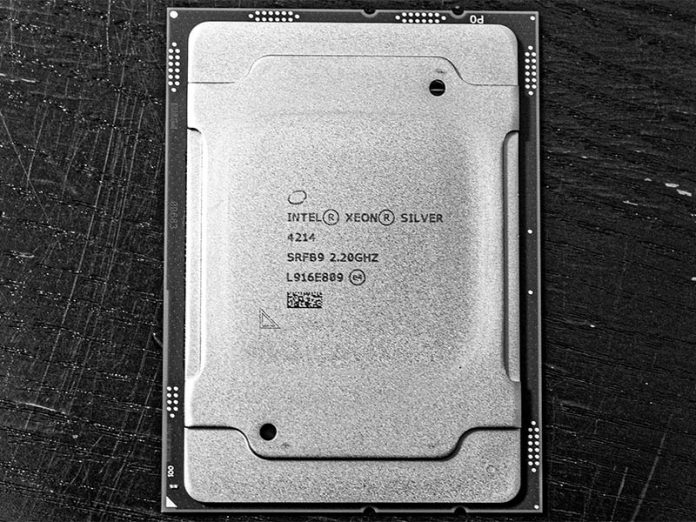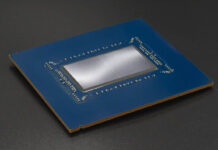When we said the mainstream 2nd Generation Intel Xeon Scalable CPUs received a major performance bump, we meant it. A shining example of this is the Intel Xeon Silver 4214. With 12 cores and a 3.2GHz turbo boost clock, one gets 20% more cores, higher clock speeds, more cache in this generation over the Intel Xeon Silver 4114 it replaces. It provides all of that, even while keeping the same 85W TDP, base clocks, and price as the previous generation. For anyone that looks at the top end SKUs and assumes that the “Cascade Lake” generation was a minor upgrade, this is one of the most significant performance boosts in this segment that we have seen for years. In our review, we are going to show how this reinvigorated sub-$700 segment CPU performs.
Key stats for the Intel Xeon Silver 4214: 12 cores / 24 threads with a 2.2GHz base clock and 3.2GHz turbo boost. There is 17MB of onboard cache. The CPU features an 85W TDP. These are $694 list price parts. Here is the ARK page with the feature set.
Here is what the lscpu output looks like for an Intel Xeon Silver 4214:
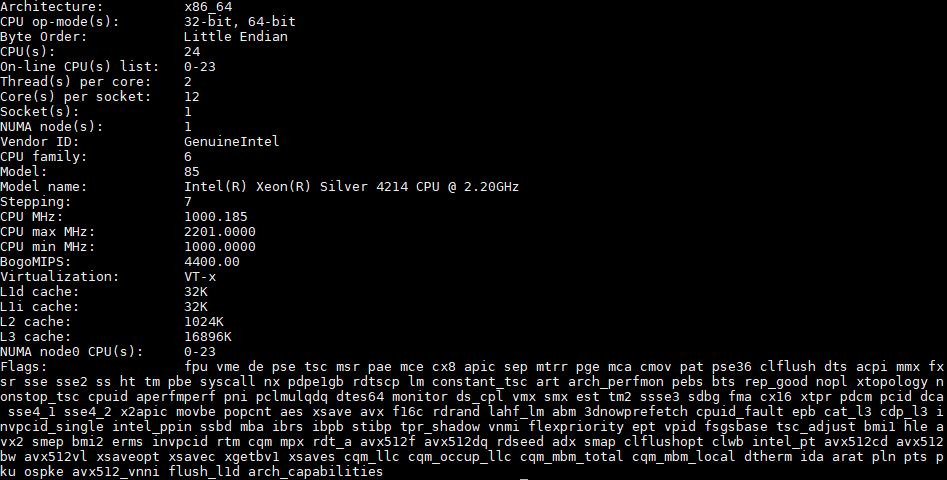
Intel Xeon Silver 4214 Test Configuration
For our 2nd Generation Intel Xeon Scalable CPU single socket reviews, we are using the following configuration:
- System: HPE ProLiant DL360 Gen10
- CPU: Intel Xeon Silver 4214
- RAM: 6x 32GB DDR4-2400 ECC RDIMMs
- Storage: 1x Intel DC S3700 400GB
- PCIe Networking: Mellanox ConnectX-3 HPE FlexLOM dual-port 40GbE
The Intel Xeon Silver 4200 series only supports DDR4-2400 speeds. That is significantly lower than the DDR4-2933 speeds that higher-end Gold and Platinum SKUs support. We covered the test system in more detail in our article A New STH 1P 2nd Gen Intel Xeon Scalable Test Platform including the process we went through to select the heatsinks and fans.
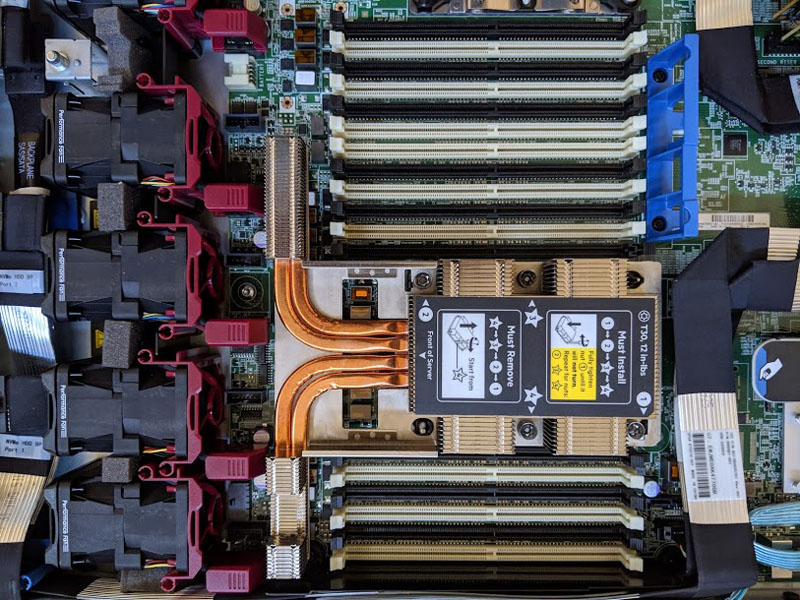
One will notice that we are using the high-performance heatsink here with the high-performance fans. That is to ensure that even though we are using a 1U server, we have enough cooling capacity for our testing. If you purchase a new ProLiant DL360 Gen10 you will likely get a standard heatsink which is more than ample to cool a low-power part like this. You can see the difference between the high-performance and standard HPE ProLiant DL360 Gen10 heatsinks here:
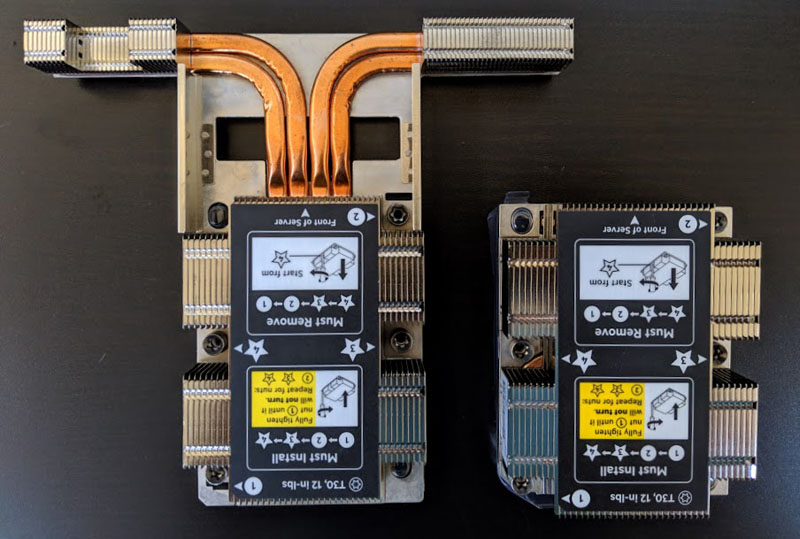
Next, we are going to take a look at our Intel Xeon Silver 4214 benchmarks. We are then going to conclude with our market comparison and final words on the processors.

